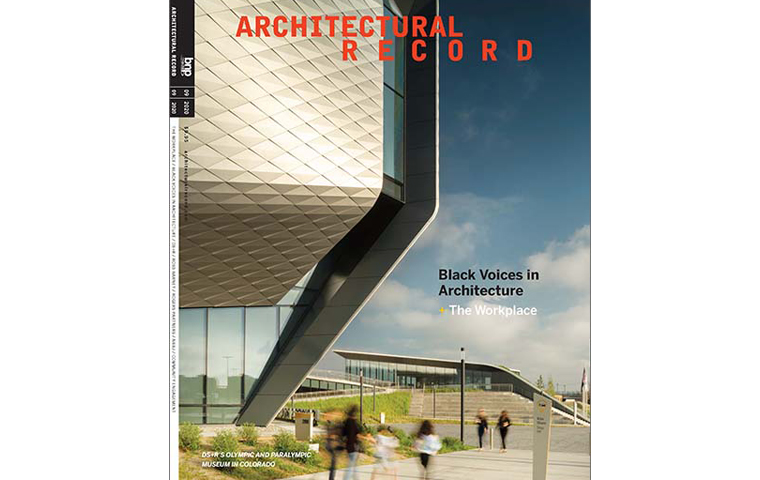Most of us who work in the architectural community are motivated by beauty and the idea of good works. And most of us are white. Indeed, only two percent of registered architects are black. Most architects feel that this challenge, what these numbers clearly represent, are beyond their remit. The killing of George Floyd and so many others may change that. The problem is real and visible. It is one of our country’s most vexing challenges now seen in the architectural world (again?).. The profession has been able to influence the dialog on sustainability. It must rise to this renewed challenge as well, but it’s bigger and more complex than we may think.
In the September issue of Architectural Record, Editor in Chief Cathleen McGuigan takes this question on. Be sure and read her letter “From the Editor.” Of the many articles in the issue the one that resonated the most with me was “Three Architects Discuss Whiteness and Racism in the Built Environment.”
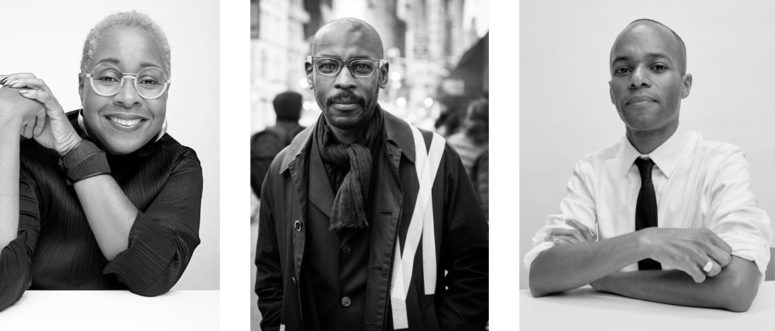
Mabel O. Wilson (photo © Dario Calmese), Mario Gooden (photo: Shadrach), and Justin Garrett Moore via ArchitecturalRecord.com
The three architects, Mabel O. Wilson, Mario Gooden, and Justin Garrett Moore bring up enough topics to fill many journals. But two that I want to call out are “Whiteness” and the interrelationship of racism and capitalism. And my own experience as a privileged white male.
I did not see whiteness as a kid. We grew up in a liberal community near San Francisco that was opposed to the Vietnam war, supported the Moratorium (we had our own march on the elementary school campus!) and revered Dr. Martin Luther King. We saw blackness because it was the exception. This began to change when my siblings and I chose to attend an integrated public junior high in Richmond. I will never forget the day in 1972 we went to Glide Memorial Church in San Francisco to check it out and there was Angela Davis in the front. My straight-laced mother took off her shoes to stand on the pew and see her. Davis was weak from her imprisonment but you could see her great strength. You still can.
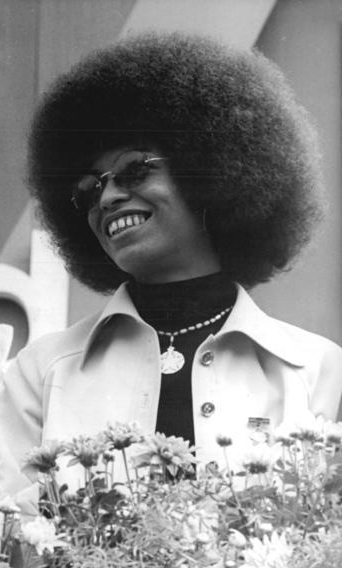
Angela Davis. Wikipedia CC 3.0 license
In an unusual attempt at school desegregation we were voluntarily bused to a high school close to the center of Richmond. Indeed the long story of integration in the Richmond Unified School District became the basis for the book “Busing & Backlash.” At one point our high school, named after President Kennedy, was believed to be the most integrated high school in the country. But letting go of the ignorance that goes along with whiteness takes more than seeing black people across a series of courtyards that also served as a class divide. The school was designed like a prison with windowless classrooms, concrete walls, and open areas where students could be contained. In the Record article architect Mario Gooden says “Whiteness is at the heart of architecture as a discipline.” But if you can’t see it how do you change it? We seem to be at another crisis point. White middle class folks see their post WW2 entitlements disintegrating. This only contributes to a blindness about white privilege. Either we tax the rich or vote for Trump. In other words, we close the income gap or face a lifetime of endless hatred.
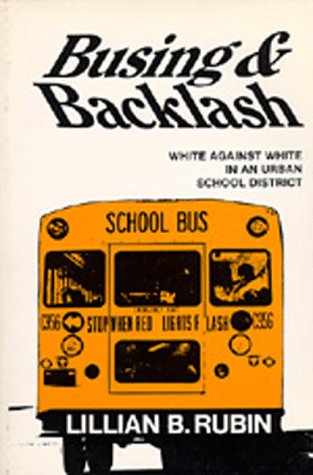
Both Martin Luther King, Jr. and Angela Davis have spoken brilliantly about the co-dependent relationship of racism and American capitalism. They are totally intertwined. Michelle Obama reminded us that our very society is built by slaves when she pointed out who built the White House. This why there is a window to capture a view of the White House in the National Museum of African American History and Culture. I remember an aha moment when I heard the southern author Reynolds Price talk about our original sins, enslavement of African Americans and the genocide of Native Americans. If there is a shortcoming to Architectural Record’s series “Black Voices in Architecture” it is how few of the pieces discuss this interdependency of our economic system and white supremacy. In discussing the Global Africa Lab at Columbia University Professor Mabel O. Wilson says, “African people, resources, land, and culture are how the modern is imagined and how the project of the transatlantic slave trade literally builds the wealth of capitalism as racial capitalism.” Architects extended the interdependency beyond the original sins. As Fellow Columbia Professor Mario Gooden and founder of Huff and Gooden adds, “The profession is in crisis and perhaps it has been for a very long time. It’s in crisis not only because it has been complicit with the systems we’ve been talking about, but also because it’s given away its agency to capital in terms of developers and in terms of how the city gets formed.”
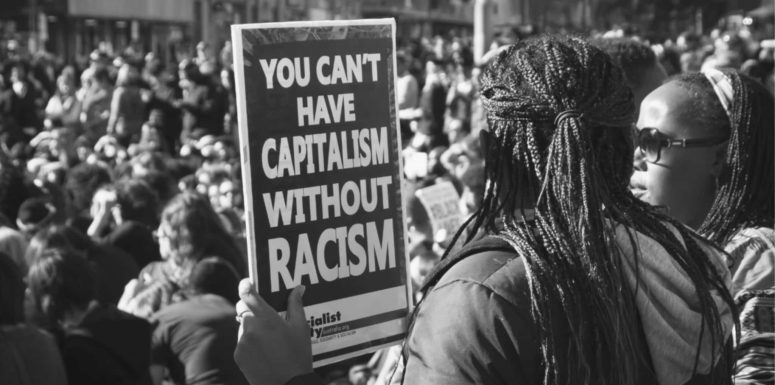
The question remains can we solve racism without radically transforming free market capitalism? If we end up with Trump capitalism’s collapse will be bloody. If Biden wins there is a possibility that the ugly foundation will be rebuilt and eventually replaced. I hope architects can help lead us away from a racist/capitalist society to one that is just and healthy.
